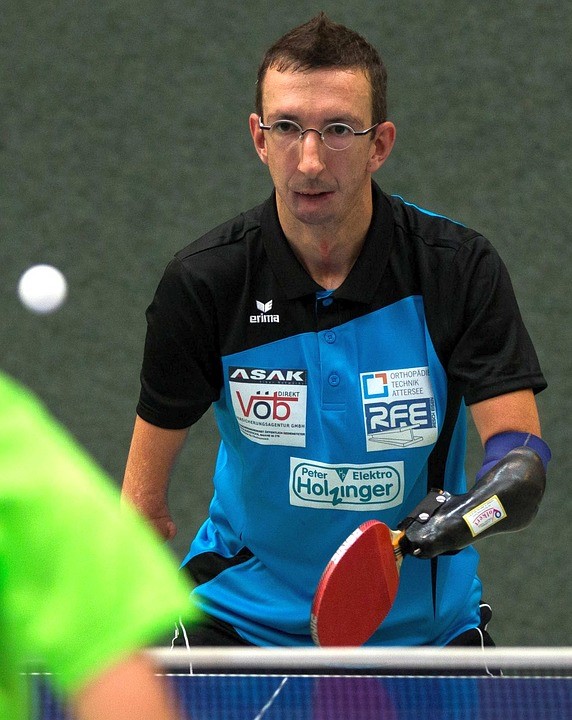
It is always an unbelievable sight to see arm or leg amputees regain control of their amputated arm or leg movement with the help of prostheses. Throughout the years, scientists developed mechanisms and devices that could help patients who lost one or both arms and legs to accident or illness. First, it was simple prosthetic limbs that were not much use but to provide arm or leg extension. But with the advancements in technology, scientists were able to develop more advanced and more mechanised prostheses that worked in helping patients regain the use of their limbs to make their everyday lives more comfortable. But do we really know what goes on inside a bionic arm or leg? And what does a displacement transducer have to do with it?
Mechanism
Amputees prefer to use prostheses powered by batteries, hydraulics and other power sources over non-powered ones. It is because they get to use more of their prostheses if they no longer need to control it manually and it will just do the movement automatically. That is the beauty of a mechanical arm or leg. It functions much like a natural arm or leg. The only difference is that it uses synthetic materials and its power source is not from the human body itself.
Scientists tried to use displacement transducers on test patients to see if they could help with limb movement. Sensors work by converting the movement of an object into electric signals. These signals render data. The displacement measurement of a transducer can be up to several inches. This fact was what scientists used to develop prostheses and other orthotic devices to use transducers.
Reliability and efficiency
If an amputated arm or limb does not produce enough electrical signals to the nerves and brain to make it move, a mechanical limb can significantly help with this problem. The electrical signals that the device produces will enable the bionic limb to do the movement in place of the amputated body part. More and more amputees now prefer mechanised prostheses and other orthotic devices over manual ones because they have more freedom of movement. Their handicap no longer defines how productive they can be. They can go to work, do exercises and so much more. Displacement transducers are a great help in realising their potential to go back to their normal lives after their amputation.
It is impressive to learn that a small and uncomplicated-looking device can do so much to help a person who lost their limb get control of their amputated arm or leg and put it to use to do things like walk, run, brush hair and teeth, cook and so much more. We can expect that in the years to come we will see so much more improvement in bionic prostheses that amputees will no longer feel the absence of their limbs because they will have a replacement that can function the same – maybe even better – as their original body parts. There is nothing impossible with technology.
Image: Pixabay.com






